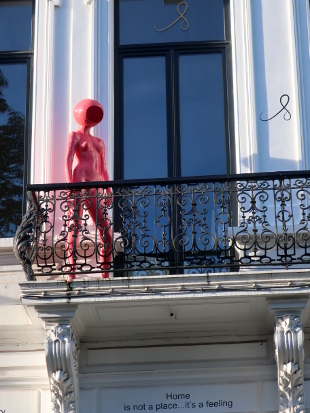

A global archive of independent reviews of everything happening from the beginning of the millennium
Read our Copyright Notice click here
For publication dates click here
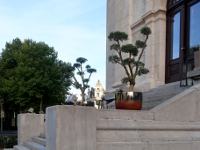
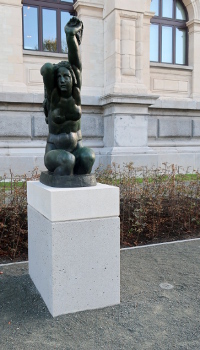 museum resident
museum resident
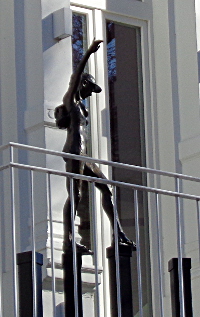 neighbour
neighbour
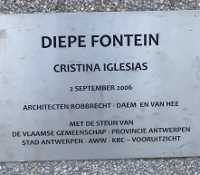
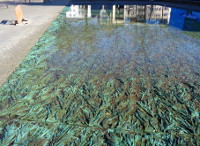
ROYAL MUSEUM OF FINE ARTS ANTWERP - THE SURROUNDINGS
Reviewed by ANDRE BEAUMONT
Antwerp has some large open spaces - usually partially enclosed large spaces - that are charismatic. They really do work as urban spaces. I count Grote Markt [1], the Willemdok and a great deal of the river frontage amongst these. Arriving in Leopold de Waelplaats, the Place in front of the museum, on a drizzly day in March 2013 on the way to Gillisplaats [2], I could not help smiling. Although weatherworn and partly a building site, the space had character. The kind of character that if the museum revamp [3], including the external space, was done really well might give it a hint of the charismatic.
It has its limitations. A main road carrying a tramway runs through it and a tramstop in the Place is not promising. Also it is unlikely to attract crowds except for something set up by the museum itself - like outdoor music - but these 19th century institutions have a classical model: they are like an acropolis without the hill, in this case a temple housing the considerable artistic riches accumulated, and which continue to accumulate, of Antwerp. The mass of the museum makes it a good centrepiece architecturally.
In summer, the outdoor landscaping being undertaken by the museum, also known as KMSKA, might attract more animation and, besides, I do not mind under-population. It is in a safe, prosperous district, and less people is a pleasant contrast to many of England's usually crowded urban open spaces. Few cars, bicycles and motorbikes is a good bonus.
Now the work is more or less complete at the museum, it is still not charismatic but it has added character which brings it closer. The museum's external work has been more restoration than renovation and it buffs up well. Taken as a whole the four sides surrounding the museum would still draw me back for its characterful nature, its spaciousness and its mix of enclosure and space leaking out.
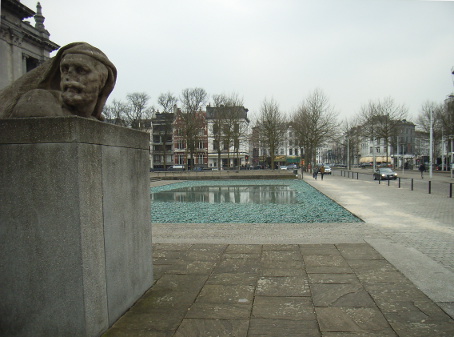
March 2013
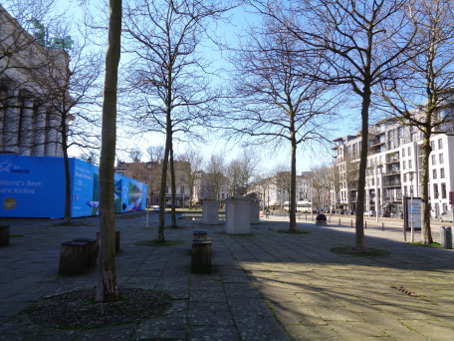
February 2022
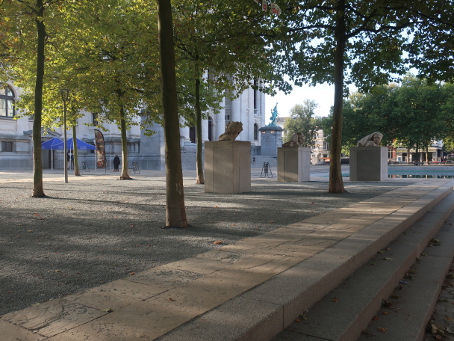
February 2022
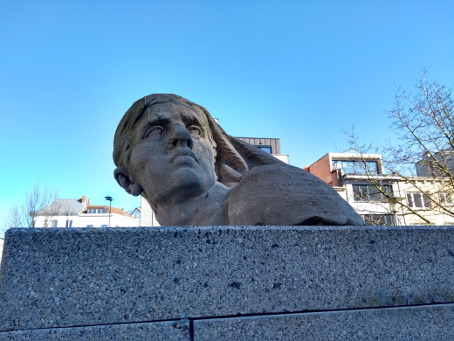
External sculpture on the museum plaza is one of the assets of Leopold de Waelplaats
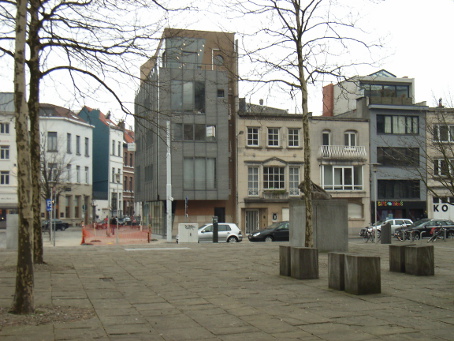
March 2013
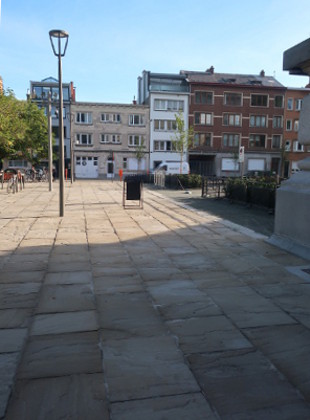
October 2022
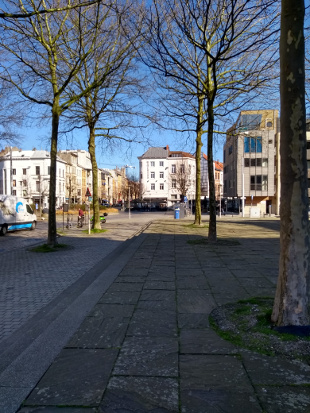
October 2022
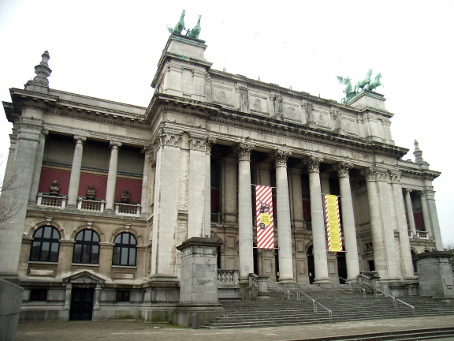
March 2013
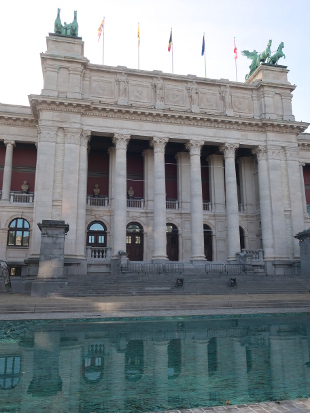
October 2022
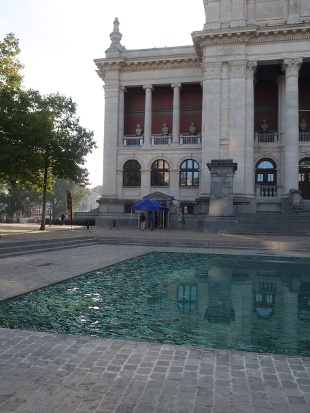
October 2022
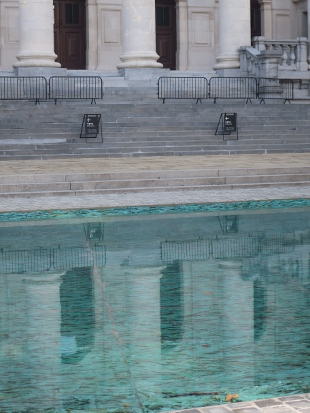
October 2022
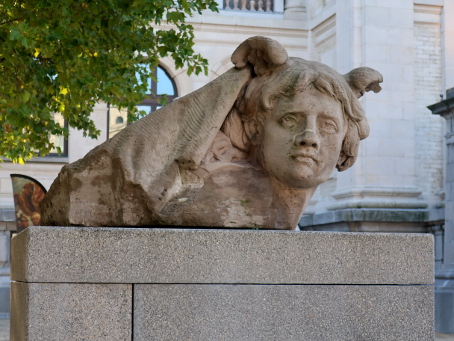
October 2022 - a cleaned up and restored external sculpture including base
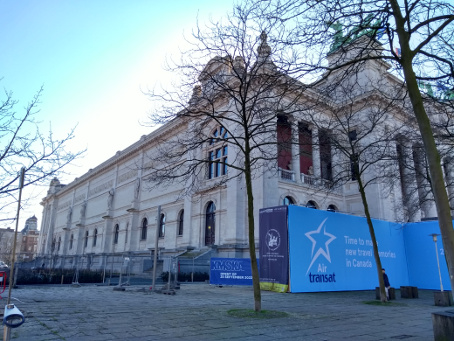
February 2022
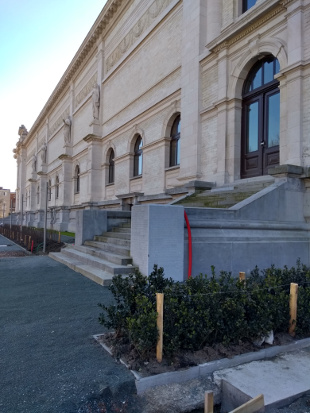
February 2022
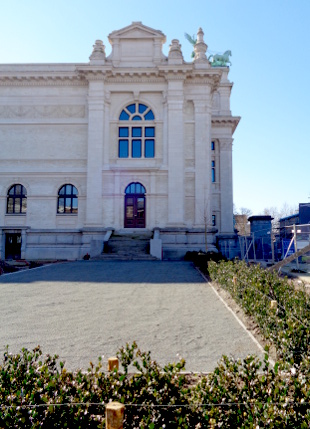
February 2022
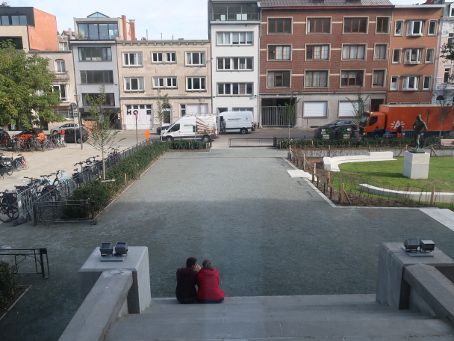
October 2022 - the view the other way
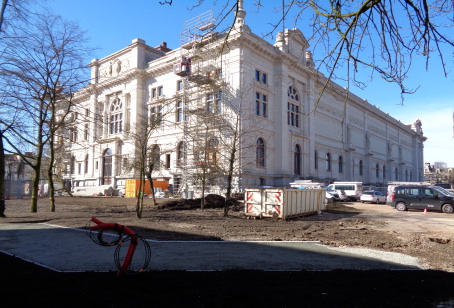
February 2022
The recreation of the 19th century style of garden took place between March and September 2022 and in February the extent of work to be done was visible. On some elevations the crated plants had already been delivered for planting and the border shrubs were already in place.
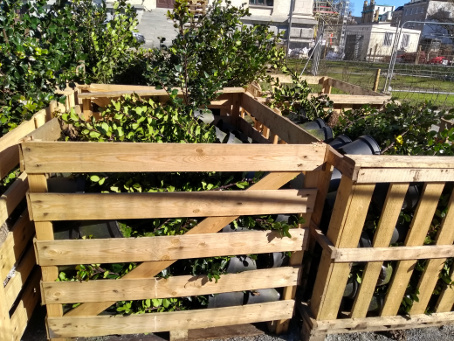
February 2022
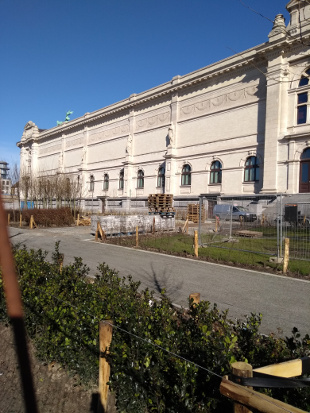
February 2022
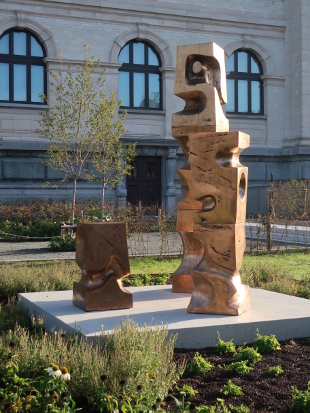
October 2022
A full summer growing season will show where the planting has taken the surroundings.
The two long elevations and the rear elevation of the museum are in streets with buildings of comparable height to KMSKA. Nothing towers above. They are full of buildings of character.
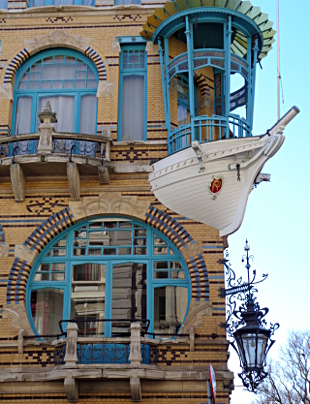
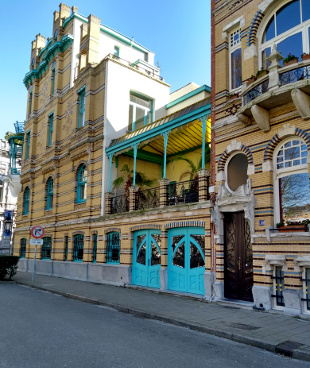
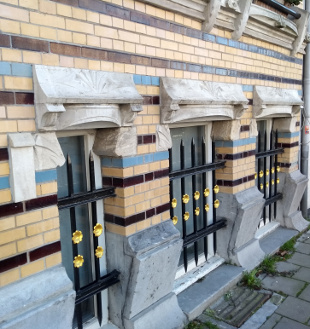
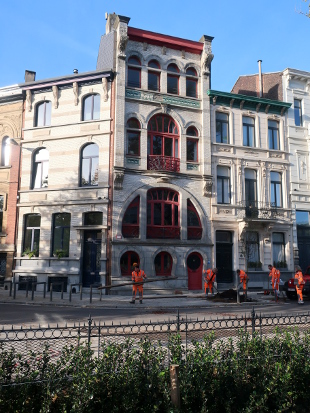
Would that necessary roadworks were done as promptly in Britain
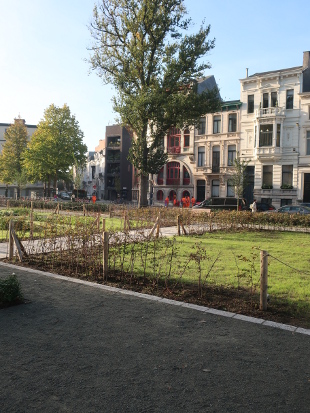
As Olivier Strelli said in Brussels The Art of Living by Piet Swimberghe and Jan Verlinde
In other cities, it is the people who create a cosmopolitan atmosphere, but the cosmopolitan character of Brussels is expressed by its architecture, and this creates a surrealistic effect. The fact that Belgians prefer to live in a house rather than a flat shows that they are extremely individualistic. That can be seen in the architecture, as every facade is different and no two houses or streets are alike
and this variety, if not the surreal element, I have found to be true in central Antwerp as well, in terms of the architecture. The cosmopolitan elements of people were, if less so now, more defined by a relationship to working in the port or the diamond trade.
No two houses are the same surrounding the museum. They appear to have been universally the homes of the prosperous.
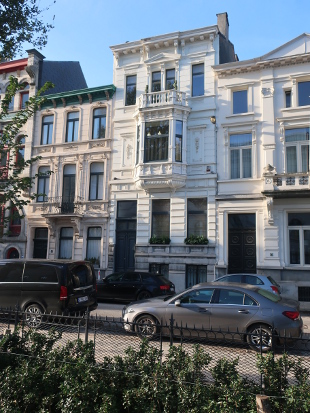
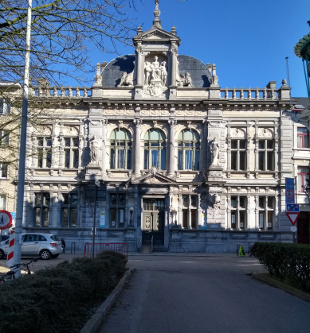
now an elementary school with a specialisation in music
In Britain, we judge period architecture to end with the Edwardians, partly because some styles of architecture, in retrospect, looked less durable. In Belgium, solid construction, as judged from the facades, continued for longer and I like the Belgian facades of the 20th century. Despite the simplicity, each house continues to be different.
The landscaping of public space has also been good, making for an appealing streetscape.
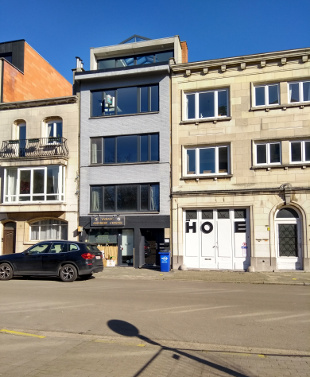
The quality of construction and design of the houses around the museum make for appealing homes or institutional use.
